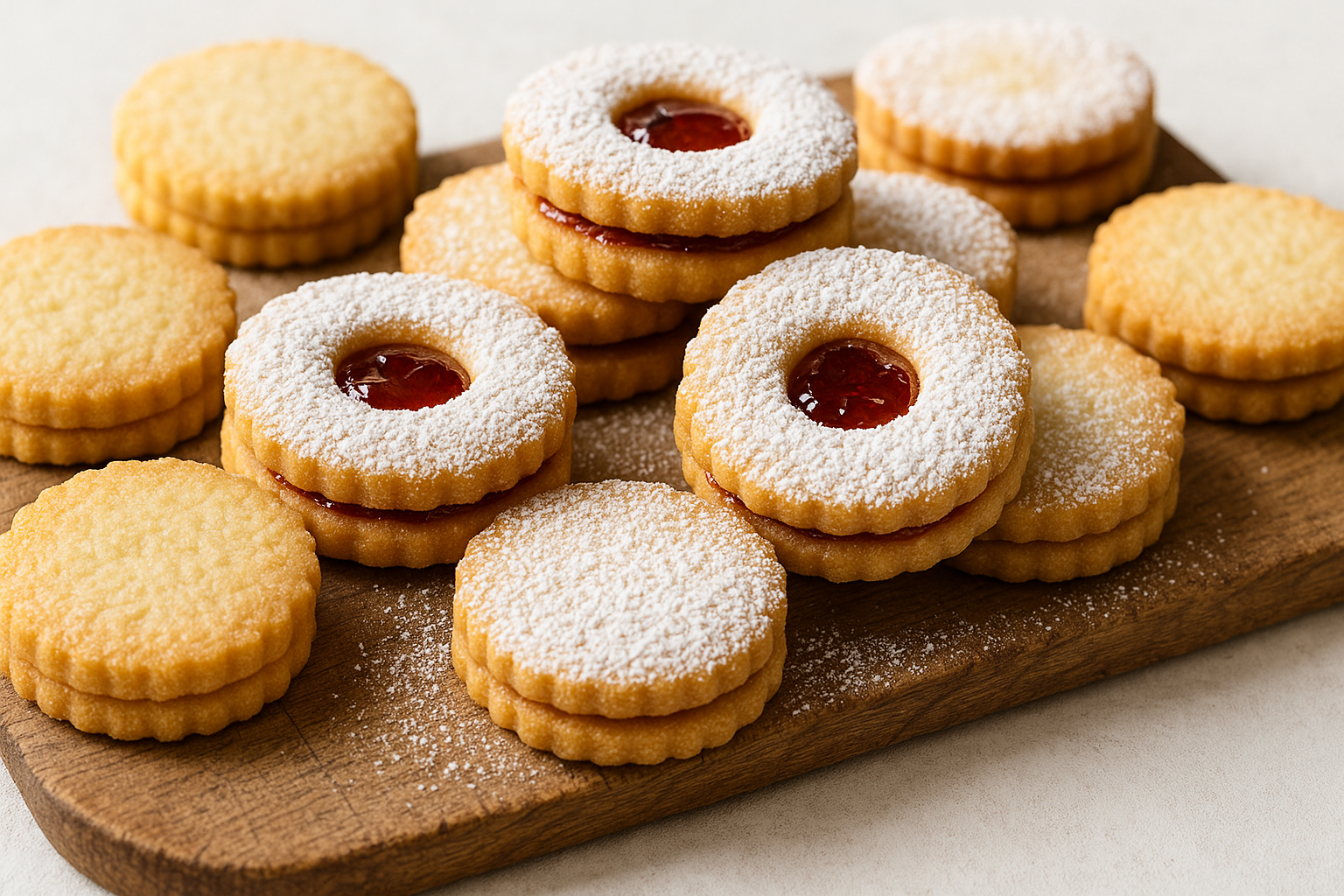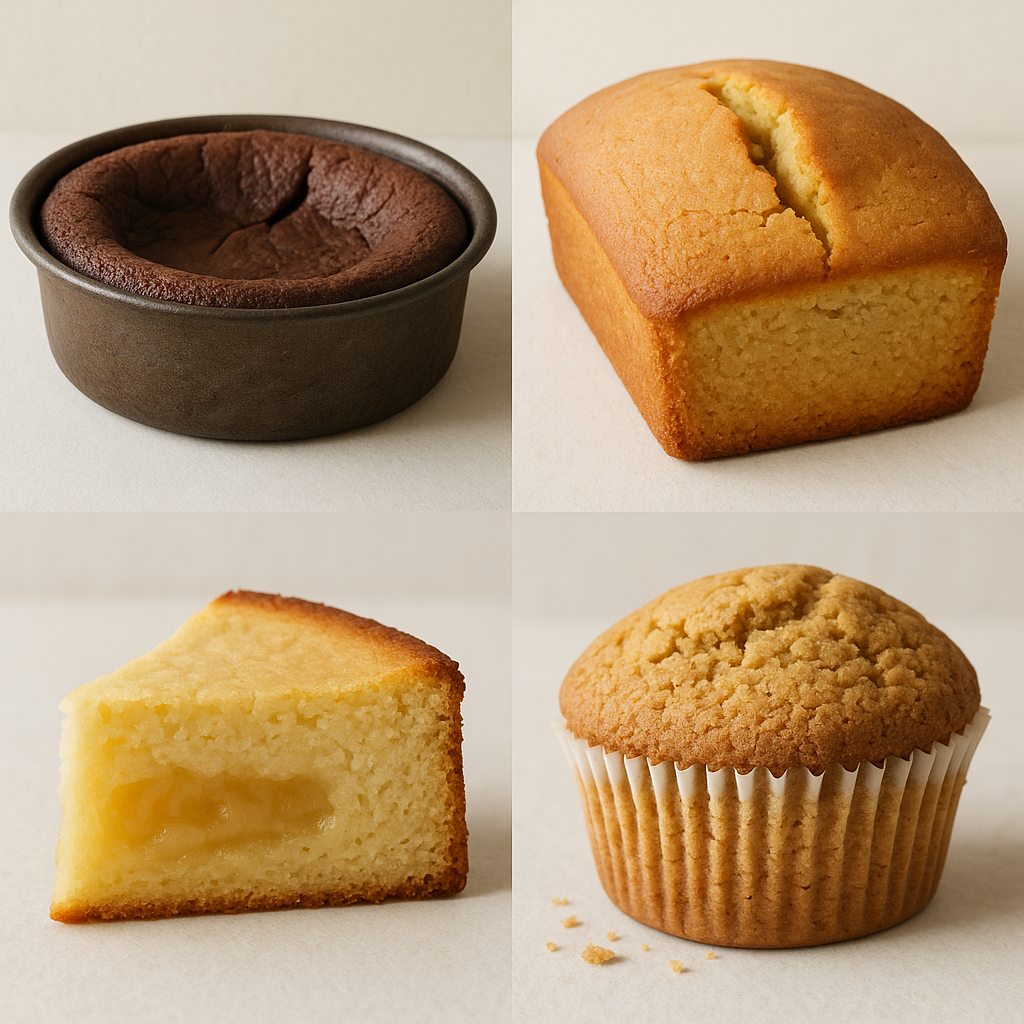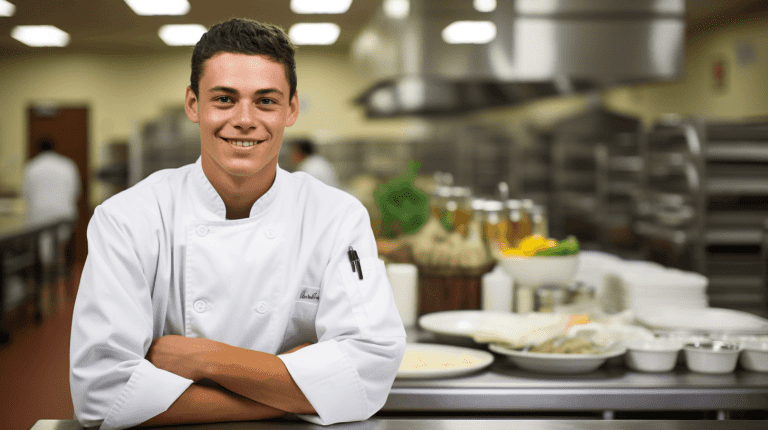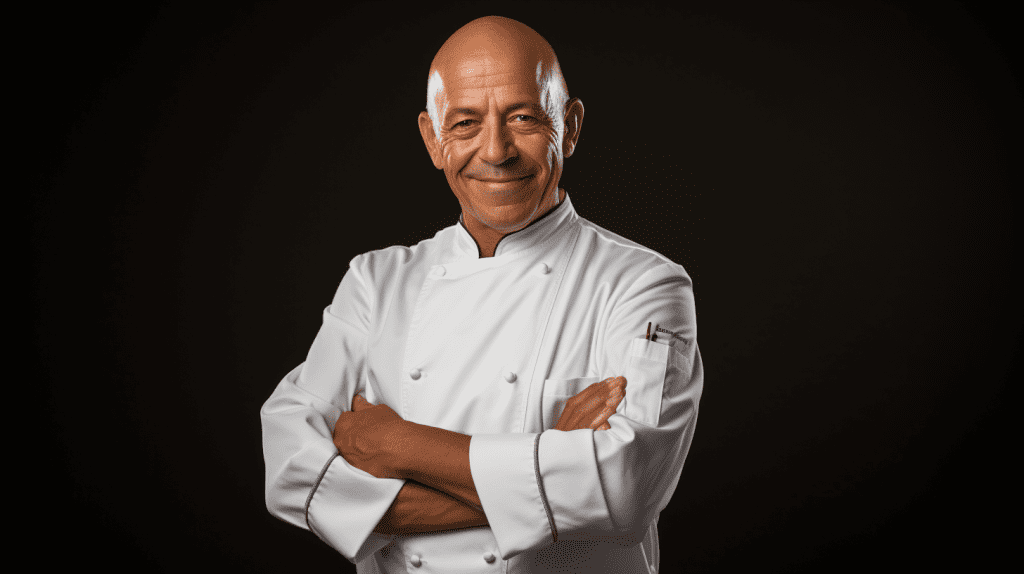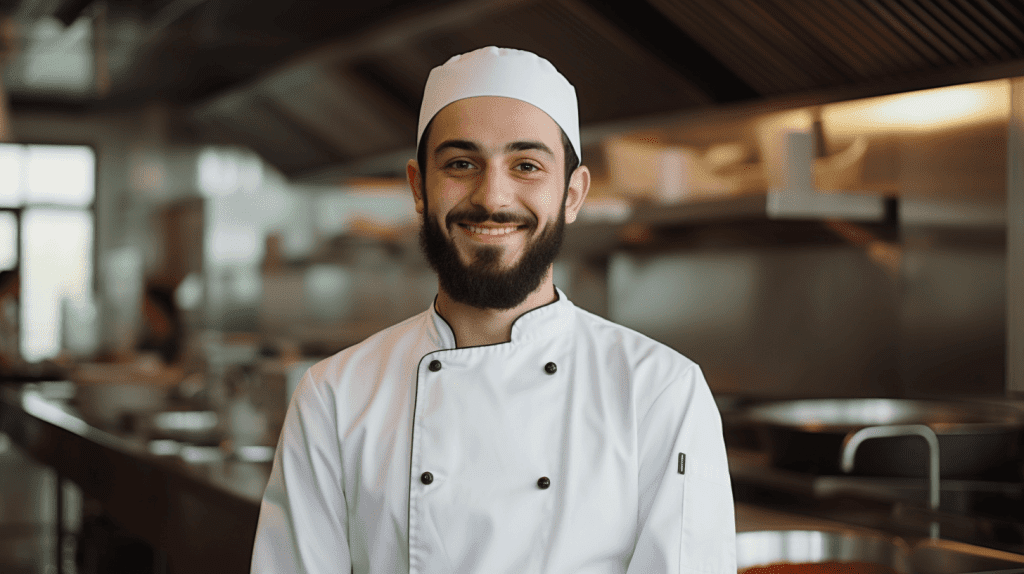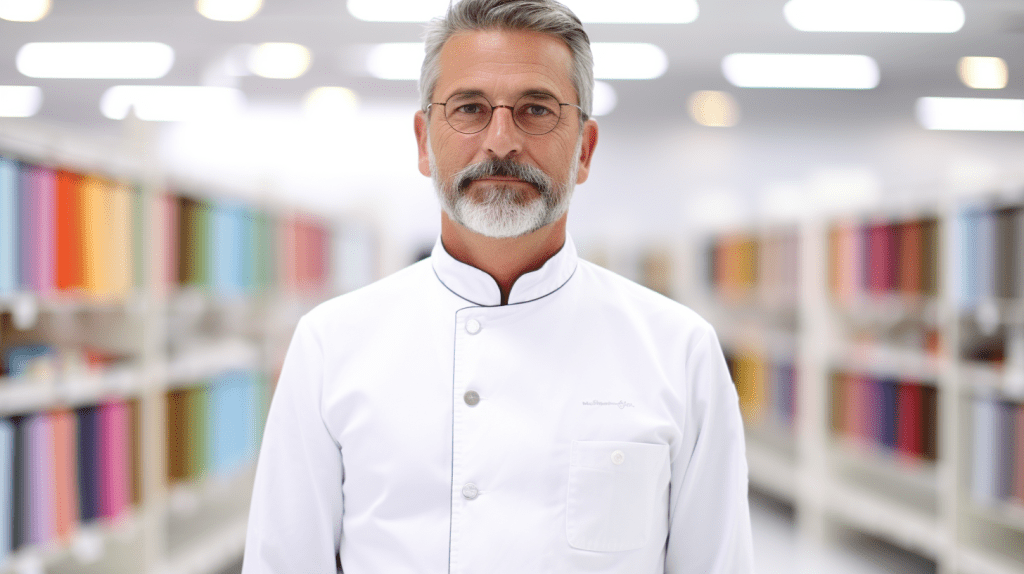Chefs with the Most michelin stars:
When it comes to culinary excellence, the Michelin Guide’s star system is the most recognized and respected in the world.
Founded by the Michelin Tire company in 1900, it has grown into the ultimate seal of approval for restaurants and chefs around the globe.
The guide awards one to three stars based on anonymous reviews — the ultimate accolade being the highly-coveted three stars, signifying a dining experience of ‘exceptional cuisine, worth a special journey’. Yet, the mystery remains: Who reigns supreme in the constellation of Michelin stars?
From cooking show superstars to creative culinary geniuses who remain behind the scenes, a few stand-out chefs have collected an astonishing array of Michelin stars for their efforts.
In this post, we’ll uncover the top titans of the culinary world, their ventures, and the tantalizing techniques that catapulted them to Michelin stardom.
Chefs with the Most Michelin Stars
Joël Robuchon

At the apex is the late French maestro, Joël Robuchon. During his illustrious career, he accumulated 31 Michelin stars across his globe-spanning restaurants—more than any other chef in the world. Interestingly, Robuchon initially hung up his apron in 1995, only to return a few years later to cook ‘simpler’, ‘more accessible’ food. His success after this unexpected twist demonstrated there’s something to be said for dishes that aren’t drowned in overcomplication.
Alain Ducasse
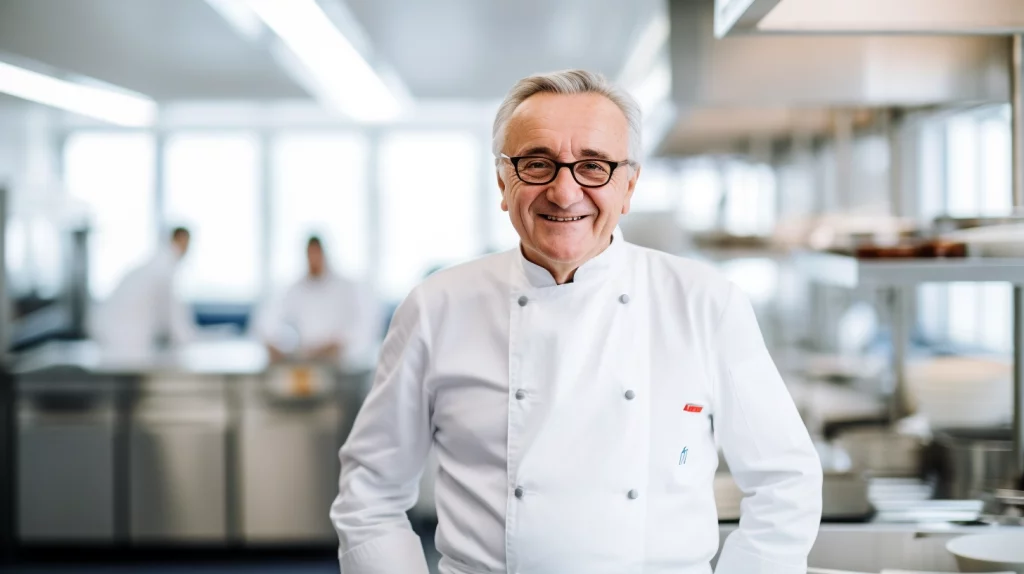
Trailing closely is Monaco-based chef Alain Ducasse, legendary for his innovative and indulgent cooking. Currently holding 21 stars, Ducasse holds the unique distinction of being the first chef to own restaurants carrying three Michelin Stars in three cities. He focuses on embracing the locals, championing sustainability, and disclosing the natural beauty of ingredients in his cuisine.
Gordon Ramsay
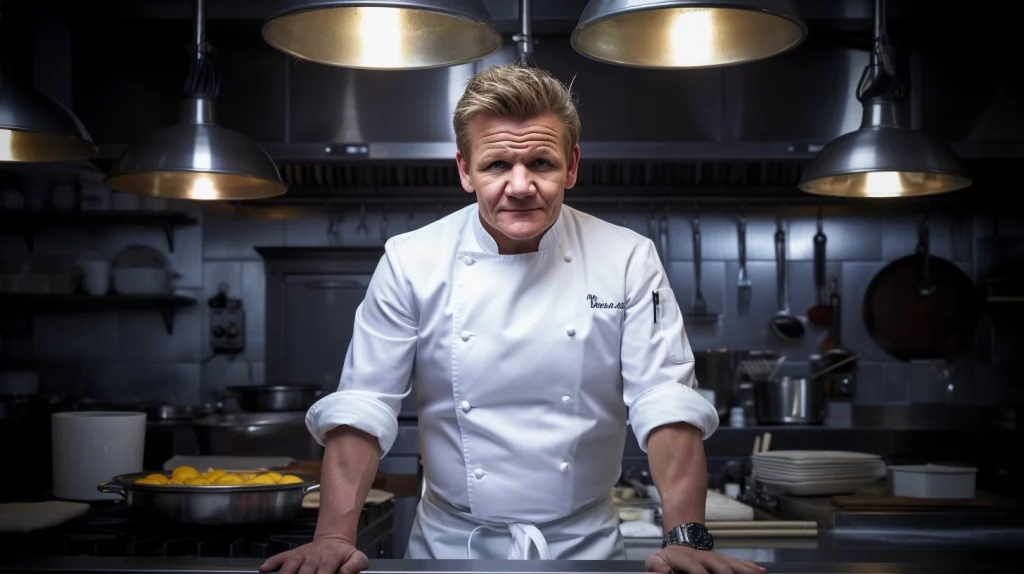
A stalwart in the international culinary world, British chef Gordon Ramsay began his journey at 19. Ramsay guides a culinary empire that spans several continents, boasting a total of 16 Michelin stars earned throughout his career. Originally mastering French cuisine, he’s renowned for his high standards and unique flair, evident across his diverse restaurant portfolio. Beyond the kitchen, Ramsay is also a television personality known for his no-nonsense, often fiery, approach to cooking and restaurant management.
Pierre Gagnaire
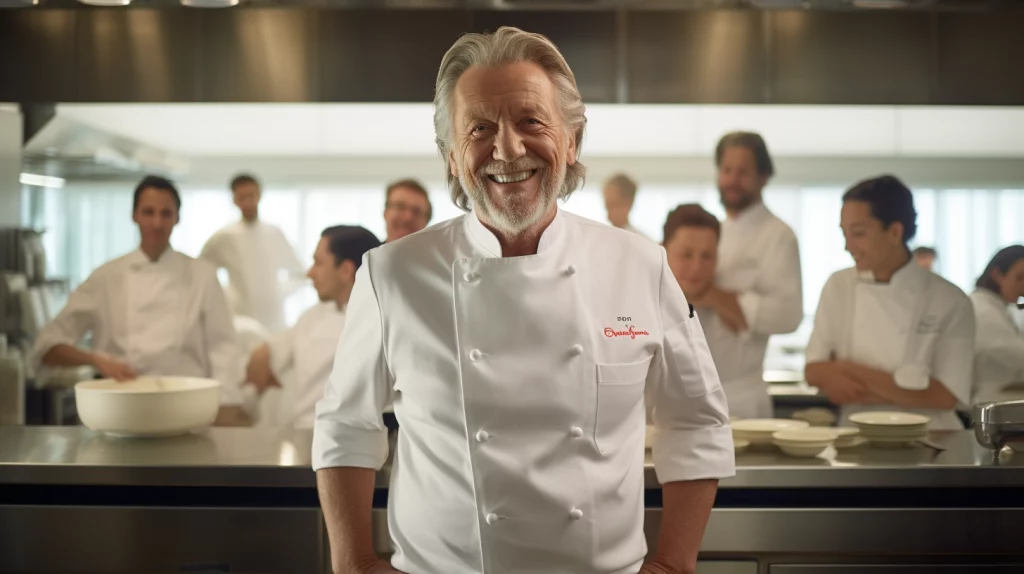
Pierre Gagnaire, an influential French chef, has forever left his mark on global cuisine with his innovative spin on traditional dishes. Gagnaire’s journey began in his father’s kitchen, eventually leading him to open his eponymous restaurant in Paris – a venture that earned him three Michelin stars. Widely recognized for his pioneering take on molecular gastronomy, Gagnaire leans into his creativity, ensuring every dish is a gastronomic work of art. With a peak of 14 Michelin stars across his ventures, Gagnaire’s cuisine stands as an emotional journey rather than a simple dining experience.
Martin Berasategui
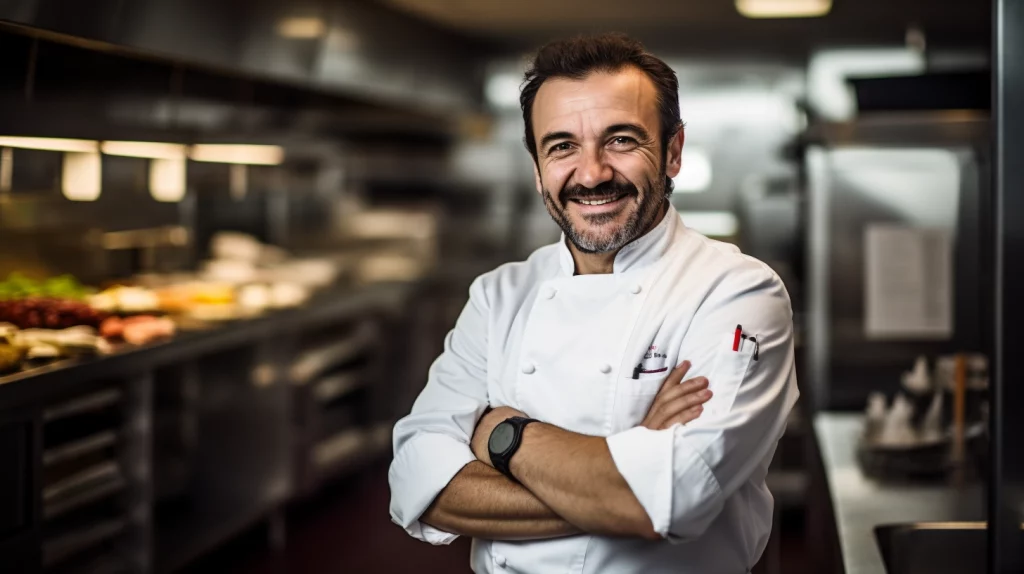
A Spanish culinary gem, Martin Berasategui has earned an impressive 12 Michelin stars over his illustrious career, cementing his place amongst the world’s most celebrated chefs. Born in the Basque Country, Berasategui trained in local and French establishments before opening his first restaurant, “Restaurante Martín Berasategui,” in 1993, which currently carries the esteemed three Michelin stars.
Berasategui’s cuisine melds traditional Spanish roots with inventive twists, embracing locally sourced ingredients and a deep appreciation for their natural flavors.
Conclusion - Chefs with the Most Michelin Stars
Chefs with the Most Michelin Stars are a recognition of dedication, flair, and originality in the culinary world, and these chefs stand as gilt-edged examples of cookery at its finest. Whether they’re consulting a recipe, spinning pans, or strategizing their next global restaurant, the world’s top chefs—like Robuchon, Ducasse, and Ramsay—continue to redefine what it means to create beautiful, delicious food.
While the Michelin Stars system is not without its critics, its influence is unquestionable.
In the quest for culinary greatness, it remains the benchmark, and the stars in its firmament will continue to guide gastronomers on their next unforgettable meal.
If you are curious about chefs, you can also read about richest chefs In the world, or discover some of the best chef in the world!.

